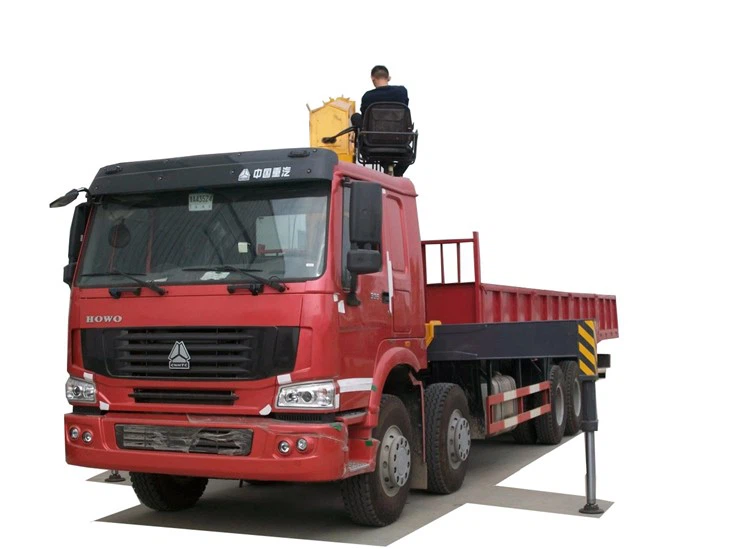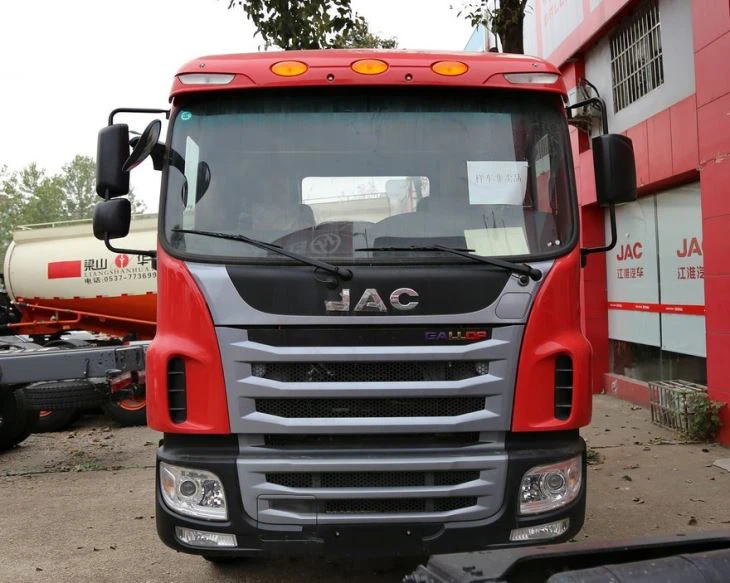Understanding the Difference in Crew Cab and Extended Cab: Which Pickup Truck is Right for You?

When it comes to purchasing a pickup truck, one of the most important decisions is the cab configuration. The differences between a crew cab and an extended cab can significantly impact ease of use, comfort, and functionality for both drivers and passengers. In this article, we’ll explore the differences between crew cabs and extended cabs, helping you make an informed decision based on your needs.
What is a Crew Cab?
A crew cab is the largest cab option available in pickup trucks, designed to accommodate a higher number of passengers and provide more space for everyone inside the vehicle. Typically featuring four full-sized doors, crew cabs allow for easy access to both the front and back seats, making them ideal for families, work crews, or anyone who needs to transport multiple passengers.
Features of a Crew Cab
- Seating Capacity: Most crew cabs can seat five to six passengers comfortably.
- Interior Space: Extensive legroom and headroom are characteristics of crew cabs, often providing more comfort for rear passengers.
- Accessibility: The full-sized doors enable easy entry and exit, making it convenient for passengers in the back seat.
- Cab Configuration: Crew cabs offer adequate storage, with behind-seat storage options commonly available for gear and other items.
What is an Extended Cab?
An extended cab, on the other hand, is designed with extra space behind the front seats but does not contain full rear doors. Instead, these trucks often have smaller, rear-opening doors that provide access to the back seat area. This configuration typically accommodates additional passengers but may not offer the same level of comfort as a crew cab. Extended cabs are popular amongst people who want the versatility of additional space without needing a full-sized crew cab.
Features of an Extended Cab
- Seating Capacity: Extended cabs usually seat around four to five passengers.
- Space Utilization: While there is extra space, the legroom may be limited compared to crew cabs.
- Accessibility: The smaller doors can make accessing the back seats less convenient, especially in tight parking spaces.
- Versatility: Extended cabs offer a balanced vehicle for those needing passenger space but still want a truck that handles well.
Key Differences Between Crew Cab and Extended Cab
| Aspect | Crew Cab | Extended Cab |
|---|---|---|
| Door Configuration | Four full-sized doors | Two full-sized front doors, smaller rear doors |
| Seating Capacity | 5-6 passengers | 4-5 passengers |
| Legroom & Comfort | More headroom and legroom | Limited legroom in rear |
| Accessibility | Easy access to rear seats | Less convenient access |
| Rear Storage Space | More storage available | Less storage available |
| Weight & Handling | May be heavier | Lighter, potentially better gas mileage |
When to Choose a Crew Cab
Choosing a crew cab is ideal for those who prioritize space and comfort. Here are some scenarios where a crew cab would be the best choice:
1. Family Use
If you have a family, a crew cab offers ample room for children, easy accessibility, and comfort for longer rides. It’s perfect for everyday use or family road trips.
2. Work Crew Transportation
A crew cab is beneficial for businesses that require transporting employees. With more seating and easier access, everyone can travel together without sacrificing comfort.
3. Recreational Activities
For outdoor enthusiasts, crew cabs allow enough space for friends and their gear for camping, biking, or fishing trips, making them highly practical.
When to Choose an Extended Cab
Extended cabs are better suited for specific needs. Here are some scenarios where an extended cab might be a suitable choice:
1. Light Passenger Transport
If you occasionally transport passengers but primarily need a truck for work, an extended cab can be a cost-effective choice without sacrificing too much seating capacity.
2. Urban Living
For city dwellers who may navigate crowded streets and limited parking, an extended cab could be better due to its compact size and lighter weight.
3. Budget-Friendly Option
Since extended cabs are often less expensive than crew cabs, they may be the right choice for budget-conscious buyers who still want a truck.
Practical Examples of Crew Cabs and Extended Cabs
Here are some popular models to help you distinguish between crew cab and extended cab options:
Popular Crew Cab Models
- Ford F-150 Crew Cab: Known for its high towing capacity and spacious interior.
- Chevrolet Silverado 1500 Crew Cab: Offers advanced technology and multiple configurations.
- Ram 1500 Crew Cab: Renowned for its comfort and high-end interior features.
Popular Extended Cab Models
- Toyota Tacoma Extended Cab: A midsize truck with rugged off-road capabilities.
- Nissan Frontier Extended Cab: Compact and easy to maneuver, perfect for city driving.
- Chevrolet Colorado Extended Cab: A versatile option that balances performance and payload capacity.
Tips for Choosing Between Crew Cab and Extended Cab
1. Determine Your Needs
Consider how often you will need to transport passengers and what kind of cargo you usually carry. Make a list to help clarify your priorities.
2. Test Drive
Always take both styles for a test drive to assess comfort levels, ease of entry and exit, and overall driving experience.
3. Evaluate the Budget
Factor in the total cost of ownership including insurance, gas mileage, and maintenance. Determine what you can afford in both the short and long term.
4. Evaluate Space for Cargo
If you often transport things like tools or sports equipment, measure how much space you need in the cab area versus the bed.

FAQ
1. Which cab style is better for families?
Crew cabs are generally better for families due to their larger seating capacity and easier access to the rear seats.
2. Is an extended cab suitable for off-roading?
Yes, extended cabs can be perfectly adequate for off-roading, especially if you prefer a smaller truck that can navigate tight trails.
3. Do crew cabs have more storage options?
Yes, crew cabs often provide additional storage space in the back seat area due to their larger dimensions and design choices.

4. What is the typical price difference between crew cab and extended cab models?
Crew cab models usually cost more due to the added space and features, but the difference can range from a few hundred to several thousand dollars depending on the vehicle and trim level.
5. Are crew cabs heavier than extended cabs?

In general, crew cabs are heavier because of their larger size, which can affect fuel economy and handling characteristics.
6. Can I convert an extended cab to a crew cab later?
Conversions are typically not feasible, as cab structures are integral to the design of the truck. It’s best to choose according to your needs from the start.
